This article was co-authored by wikiHow Staff. Our trained team of editors and researchers validate articles for accuracy and comprehensiveness. wikiHow's Content Management Team carefully monitors the work from our editorial staff to ensure that each article is backed by trusted research and meets our high quality standards.
This article has been viewed 199,853 times.
Learn more...
Registering a car in Florida for the first time can seem intimidating--there’s a lot of paperwork! Luckily, Florida’s car registration process is pretty easy to figure out. All you have to do is make sure you have the correct paperwork, then head to the Florida Department of Highway Safety and Motor Vehicles (DHSMV) to finish up your registration!
Steps
Gathering Your Paperwork
-
1Check your Florida license. You can’t register a car in Florida unless you have a valid Florida ID, so make sure your card is updated and unexpired. If you’ve just moved to Florida from another state, have your old license transferred over.
- You can register a car in your name if you only have a permit, but you have to be at least 18 years old.
-
2Make sure you have Florida insurance for your car. Your car will need to be insured in the state of Florida before you register it. Talk to your insurance agent or add a policy online to have your insured. You’ll need to bring proof of insurance to the DHSMV, so make sure you have a printed copy of your policy that includes the VIN and your policy number.Advertisement
-
3Bring or apply for your car’s title. If you already have the car titled in your name, bring the title with you when you register it. If you don’t, you can apply for the title and registration at the same time in the state of Florida. The only additional paperwork you need is an application for a car title, which is available at the DHSMV.[1]
-
4Have your car’s VIN and odometer inspected. Florida law requires that you have the vehicle inspection number and odometer reading certified if you buy a new car or bring an out-of-state car into Florida. You can get an inspection form from any Florida DHSMV office or website. Police officers, military officers, car dealers, and notary publics can verify your car’s VIN and odometer readings.[2]
- Some DHSMV offices will perform the inspection for you, but not all of them do it. Be sure to ask first.
- You can go to any police station or military base and ask for an inspection, but you have to have the form with you.
-
5Bring cash or a major credit card to pay the registration fee. Registration fees in Florida vary by the weight of the car and whether or not it’s from out of state. Most new registrations in Florida are $225, but new cars and leases may be subject to sales taxes and other fees.[3]
Visiting the DHSMV
-
1Locate the nearest DHSMV in your county. It’s important to register your car in the county you actually live in. Check the DHSMV website for a list of locations in your county, and choose the one closest to you.[4]
-
2Visit in the morning in the middle of the week if possible. If you can time your visit to avoid crowds, do it! The DHSMV can get very busy. If you have to visit during a busy time like late afternoon or Saturday, make sure you have time to wait.[5]
- Some locations let you make an appointment online or by calling the location directly.
-
3Check in at the front desk. Most DHSMV offices require you to check in at the front desk before waiting. They’ll ask you what you’re there for and take a quick look at your paperwork to make sure it’s all together.[6]
-
4Take a number. You’ll be assigned a number when you finish checking in. Wait until you’re number is called. Don’t worry if the numbers seem to be going out of order--they’re separated into different categories to make the lines move faster.
-
5Go to the window when your number is called. Each number will be assigned a window. When yours is called, go to the clerk’s window that matches your number. They’ll be the one to take care of your registration.
-
6Present your registration documents to the clerk. Give the clerk all your paperwork and the money for your fee. They’ll handle the registration for you. You probably won’t need to do anything but wait for a few minutes and sign your paperwork. Then, you'll be ready to go home![7]
Finalizing Your Registration
-
1Wait for the final registration to arrive in the mail. Some counties give you the full registration paperwork at the DHSMV, but others send it to you in the mail later. If you have to wait for yours, keep an eye on the mailbox! Meanwhile, you can keep your DHSMV receipt in your car for proof of registration.
-
2Put the registration sticker on the top right corner of your license plate. Your registration will come with a little sticker with the year written on it. Put the sticker on the top right corner of your plate to avoid being pulled over. Florida only requires a rear license plate, so you’ll only have one sticker.
-
3Make a copy of your registration for safekeeping. It’s a good idea to have a backup copy of your registration in case it’s lost or stolen. Often, your registration will come with multiple copies, but if it doesn’t, make a photocopy for your personal records.[8]
-
4Place the registration in your car. Your actual registration should be put in your car so you can show it in case you’re pulled over. Most people keep theirs in the car’s glove compartment, but anywhere safe and dry will work.
Community Q&A
-
QuestionIf a relative gives me an out-of-state used car, how do I transfer my current FL plate to the new car?
 Community AnswerYou will need to take the plate in question along with the title of the vehicle given to you to the DMV and perform a transfer of ownership into your name. They will change the tag from your existing vehicle to the vehicle given to you.
Community AnswerYou will need to take the plate in question along with the title of the vehicle given to you to the DMV and perform a transfer of ownership into your name. They will change the tag from your existing vehicle to the vehicle given to you. -
QuestionWhat paperwork do I need to have my VIN inspected by the police dept?
 Community AnswerA title is always good to have, but a bill of sale or last registration record also helps. If you don't have any of these, that may be the reason you are being asked to have your vehicle inspected by law enforcement. It is commonly required when owners are unable to show proof of title or a vehicle is being registered or title in a new state having been registered elsewhere.
Community AnswerA title is always good to have, but a bill of sale or last registration record also helps. If you don't have any of these, that may be the reason you are being asked to have your vehicle inspected by law enforcement. It is commonly required when owners are unable to show proof of title or a vehicle is being registered or title in a new state having been registered elsewhere. -
QuestionI'm selling my car from Iowa to a Florida resident that has a valid Florida plate. How much to register the car?
 Community AnswerI recommend you call the Florida DMV. It's probably going to depend on the age and the value of the vehicle. I think the obligation is on the buyer to have insurance and to get it registered. You could probably just let them get a temporary tag in Iowa and then let them worry about it when they get it to Florida.
Community AnswerI recommend you call the Florida DMV. It's probably going to depend on the age and the value of the vehicle. I think the obligation is on the buyer to have insurance and to get it registered. You could probably just let them get a temporary tag in Iowa and then let them worry about it when they get it to Florida.
References
- ↑ https://www.dmv.org/fl-florida/car-registration.php
- ↑ http://www.flhsmv.gov/dhsmv/newflres.html
- ↑ https://www.dmv.org/fl-florida/car-registration.php
- ↑ https://www.flhsmv.gov/locations/
- ↑ https://www.flhsmv.gov/locations/
- ↑ https://www.flhsmv.gov/locations/
- ↑ https://www.dmv.org/fl-florida/car-registration.php
- ↑ http://www.flhsmv.gov/dhsmv/newflres.html
About This Article
To register a car in Florida, make sure you have a current Florida driver's license, a car insurance policy, your car’s title, and a VIN number and odometer inspection. Then, bring these items to the nearest Department of Highway Safety and Motor Vehicles in your county, preferably in the morning during the middle of the week, when it’s less crowded. Next, check in at the front desk and take a number. When your number is called, give the clerk your documents and sign any necessary forms. Finally, wait for your registration to arrive in the mail. For tips on how to get your car’s VIN and odometer inspected before you register your car, read on!
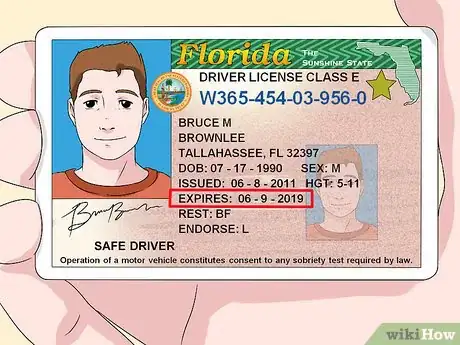
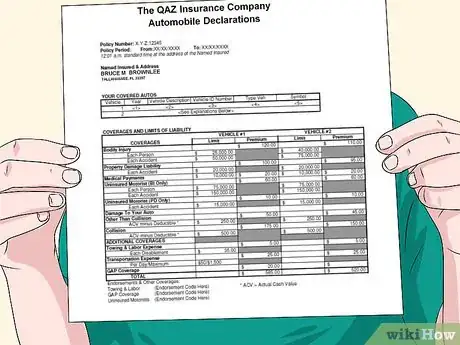
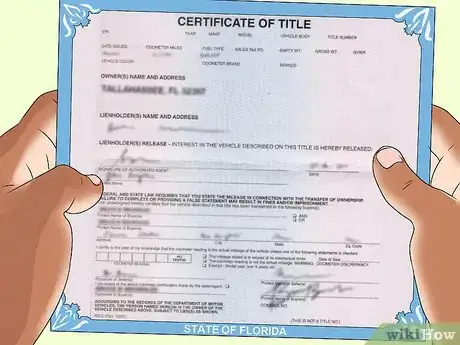
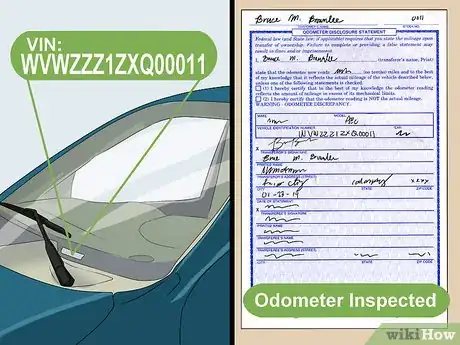
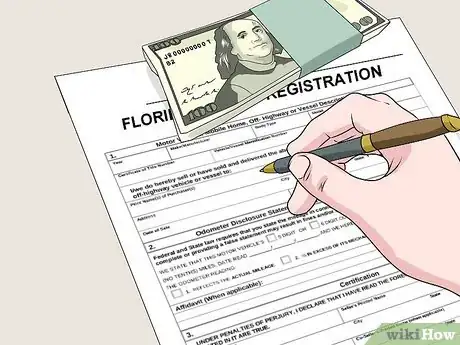
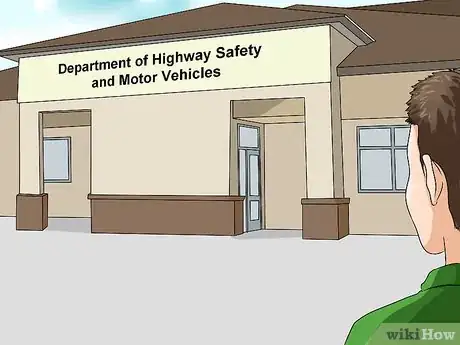
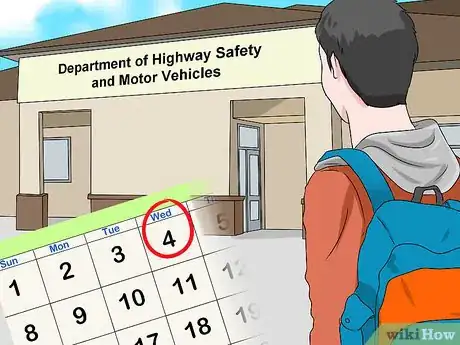





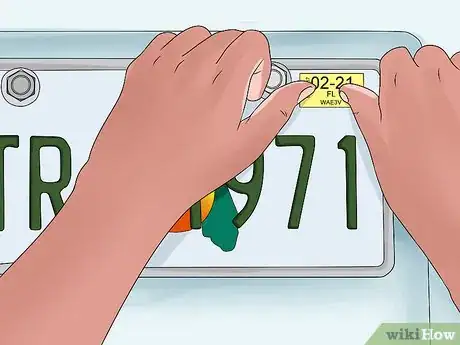
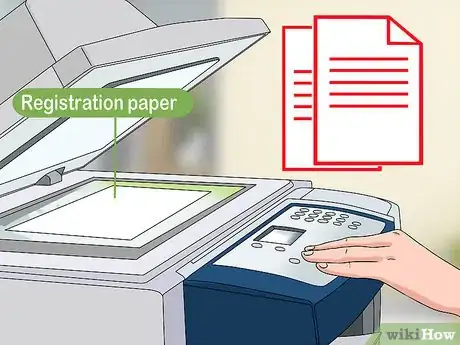
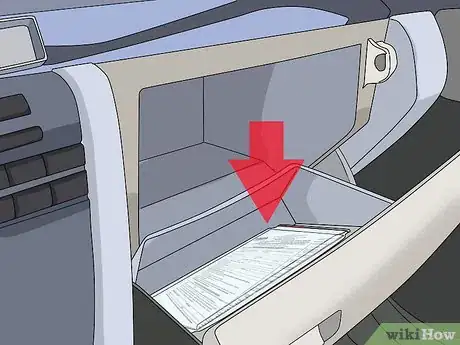

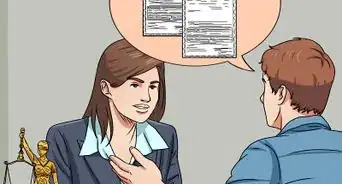



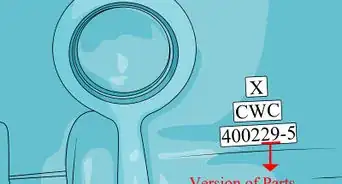



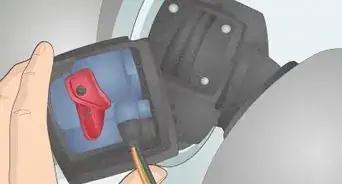
-Beetle-Step-5-Version-3.webp)


















































